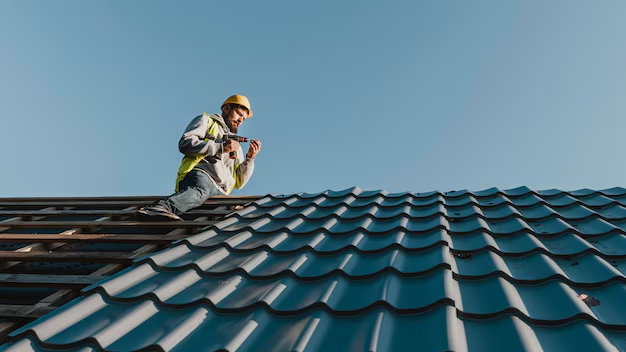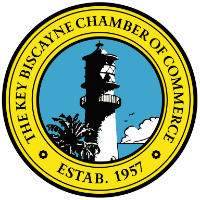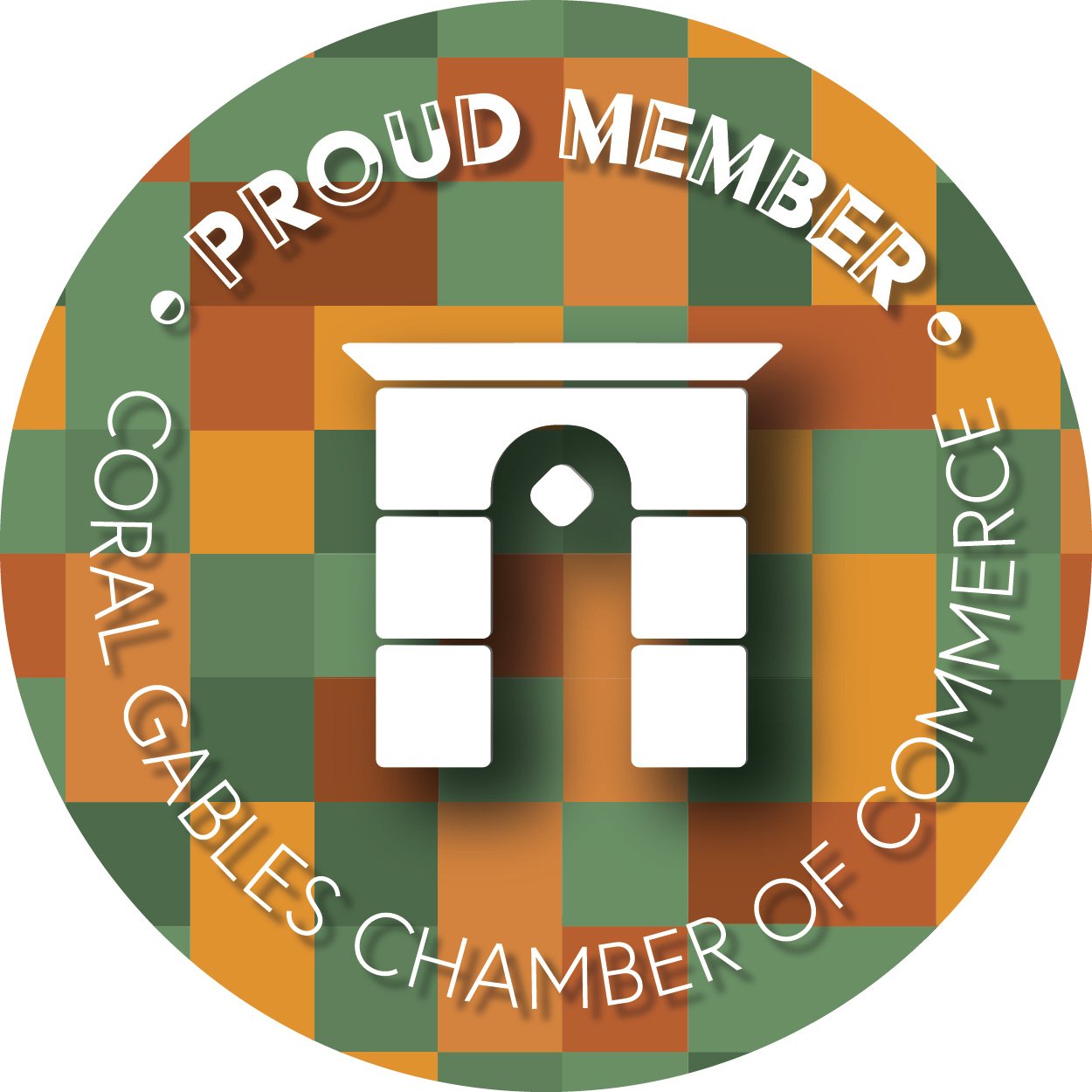
The changing preferences and structural resilience needs of homeowners in South Florida have seen a significant shift towards metal roofing. The unique climatic conditions of this region, characterized by intense humidity, frequent storms, and hurricanes, necessitate a roofing choice that offers robust protection, longevity, and cost-effectiveness. But are metal roofs indeed the solution for South Florida homes? This comprehensive analysis seeks to answer that question based on data, expert opinions, and practical evaluations.
Introduction
South Florida stands as a vibrant and diverse region with a climate that presents unique challenges to residential architecture, especially roofing. The combination of high temperatures, strong sun exposure, regular rainfall, and hurricane threats requires thoughtful roofing considerations. Within this context, we will explore if metal roofs provide the best solution compared to traditional options like shingles and tiles.
Climate Impact on Roofing
South Florida’s climate imposes harsh challenges on homes. According to The National Oceanic and Atmospheric Administration (NOAA), the region faces some of the highest rates of tropical storms and hurricanes in the United States, with over 120 reported since 1850. Traditional shingles and tiles may suffer under these conditions, prompting a push towards more durable solutions like metal roofing.
Durability and Longevity of Metal Roofs
A key advantage of metal roofs is their longevity. According to industry studies, metal roofs typically last between 40 to 70 years, compared to asphalt shingles’ 15 to 30 years. The American Society of Civil Engineers includes in their report that metal roofs can withstand wind gusts of up to 140 miles per hour, making them a prime choice for hurricane-prone areas.
Cost Analysis of Metal Roof Installation
Though the initial cost of metal roofing can be higher—ranging from $5 to $12 per square foot compared to $3 to $5 for asphalt shingles—the long-term savings can offset this initial investment. A detailed cost analysis suggests that the annual cost over the lifespan of metal roofs tends to be lower due to reduced maintenance and replacement needs.
Energy Efficiency and Environmental Impact
Metal roofing is known for its energy efficiency. Its reflective surface can reduce cooling costs by up to 25%, according to the U.S. Department of Energy. Furthermore, metal roofs are often made from recycled materials and are 100% recyclable at the end of their lifecycle, minimizing their environmental footprint.
Insurance Benefits and Incentives
Many insurance companies in hurricane-prone areas like South Florida offer discounts on premiums for homes with metal roofs due to their resilience. Additionally, some state incentives and federal tax credits are available for energy-efficient improvements, further reducing the net cost of installation.
Metal Roof Aesthetics and Community Considerations
Advancements in metal roofing design offer a variety of styles and colors that can mimic traditional roof appearances, preserving community aesthetics and increasing curb appeal. This flexibility in design can accommodate homeowners’ preferences without compromising on the benefits of metal roofs.
Installation and Maintenance Requirements
Installing a metal roof requires skilled professionals to ensure efficacy and longevity. Once installed, maintenance is minimal, primarily involving periodic checks and tightening of fastenings to prevent water leakage and preserve integrity.
Challenges and Considerations
While there are numerous benefits, potential downsides include the noise factor during rain, which can be mitigated with insulation, and the higher upfront cost. However, these are often outweighed by performance benefits and durability.
Regional Case Studies: Success Stories
Homes in Monroe County, one of the hardest-hit by hurricanes, have seen significant damage reductions and cost savings with metal roofs. Feedback from homeowners reveals improved aesthetic satisfaction, energy performance, and lower insurance premiums.
Comparison Table of Roof Types
| Roof Type | Lifespan | Average Cost | Wind Resistance | Energy Efficiency |
|---|---|---|---|---|
| Metal Roof | 40-70 years | $5-$12/sq ft | Up to 140 mph | Reflective |
| Asphalt Shingles | 15-30 years | $3-$5/sq ft | Up to 110 mph | Moderate |
| Tile Roof | 50+ years | $8-$15/sq ft | Up to 125 mph | Insulating |
Key Takeaways
Metal roofs present an attractive option for homeowners in South Florida, offering durability, efficiency, and long-term economic benefits. While the initial costs and potential noise levels need consideration, the advantages, particularly in terms of resistance to extreme weather, sustainable practice, and modern aesthetics, underscore their worth. Homeowners should evaluate their financial capacity for upfront investment, possible insurance savings, and long-term benefits before deciding. For more personalized advice, contacting experts like those at Green Home Roofing can offer informed insights.
Frequently Asked Questions
Are metal roofs better for hurricanes?
Yes, metal roofs are highly recommended for areas prone to hurricanes, such as South Florida. Due to their design and material strength, metal roofs can withstand high winds, sometimes over 140 mph, which is crucial during strong storms and hurricanes. Their interlocking panels provide additional security against uplift forces. Therefore, while the initial cost might be higher, the increased durability and potential insurance savings make them a cost-effective solution over time.
How do metal roofs impact energy efficiency in a hot climate?
Metal roofs are particularly effective in improving energy efficiency, especially in hot climates like South Florida. Their reflective surfaces reduce the heat absorption from the sun, which can significantly lower cooling costs. The Department of Energy notes that metal roofs can reduce cooling energy costs by as much as 25%. This reflective quality is advantageous in hot and sunny regions, making metal roofing an attractive option for energy savings.
Is the noise from rain on metal roofs a significant issue?
One common concern about metal roofs is the noise levels during rainfall. However, this can be easily managed with proper insulation and underlayment. The installation of solid sheathing over the roof structure can dramatically reduce sound transfer. Many homeowners who invest in these solutions find the noise comparable to that of traditional roofing materials. It’s advisable to discuss noise reduction options with your roofing contractor during the installation planning.
Do metal roofs add value to your home?
Metal roofs can enhance the value of your home, offering both aesthetic and practical benefits that appeal to potential buyers. Their durability means homeowners can often benefit from lower long-term maintenance costs, and their energy efficiency can result in reduced utility bills. Moreover, with the variety of styles available, metal roofs can complement diverse architectural home styles, enhancing curb appeal. This combination of factors makes metal roofing a sound investment, potentially increasing resale value.
Are there cost incentives available for installing metal roofs?
Yes, there are several incentives that can help offset the costs of installing metal roofs. These roofs often qualify for federal tax credits and state rebates focused on energy-efficient home improvements. Additionally, many insurance companies offer discounts for homes with metal roofs due to their enhanced durability and lower risk during extreme weather. It is advantageous for homeowners to consult with their insurance provider and local authorities to explore available incentives that can alleviate the initial investment.
For further consultation and a personalized estimate, reach out to Green Home Roofing’s experts, who specialize in tailored roofing solutions for South Florida homes. Visit their website at Green Home Roofing or contact them for professional advice and services.




